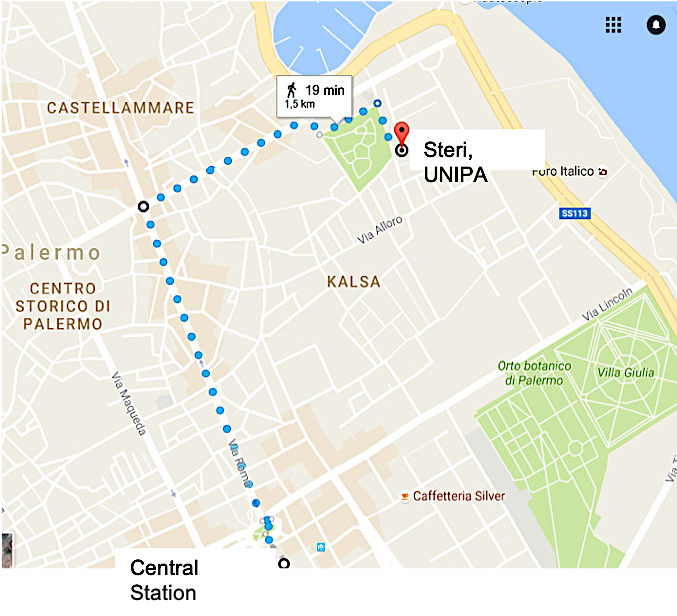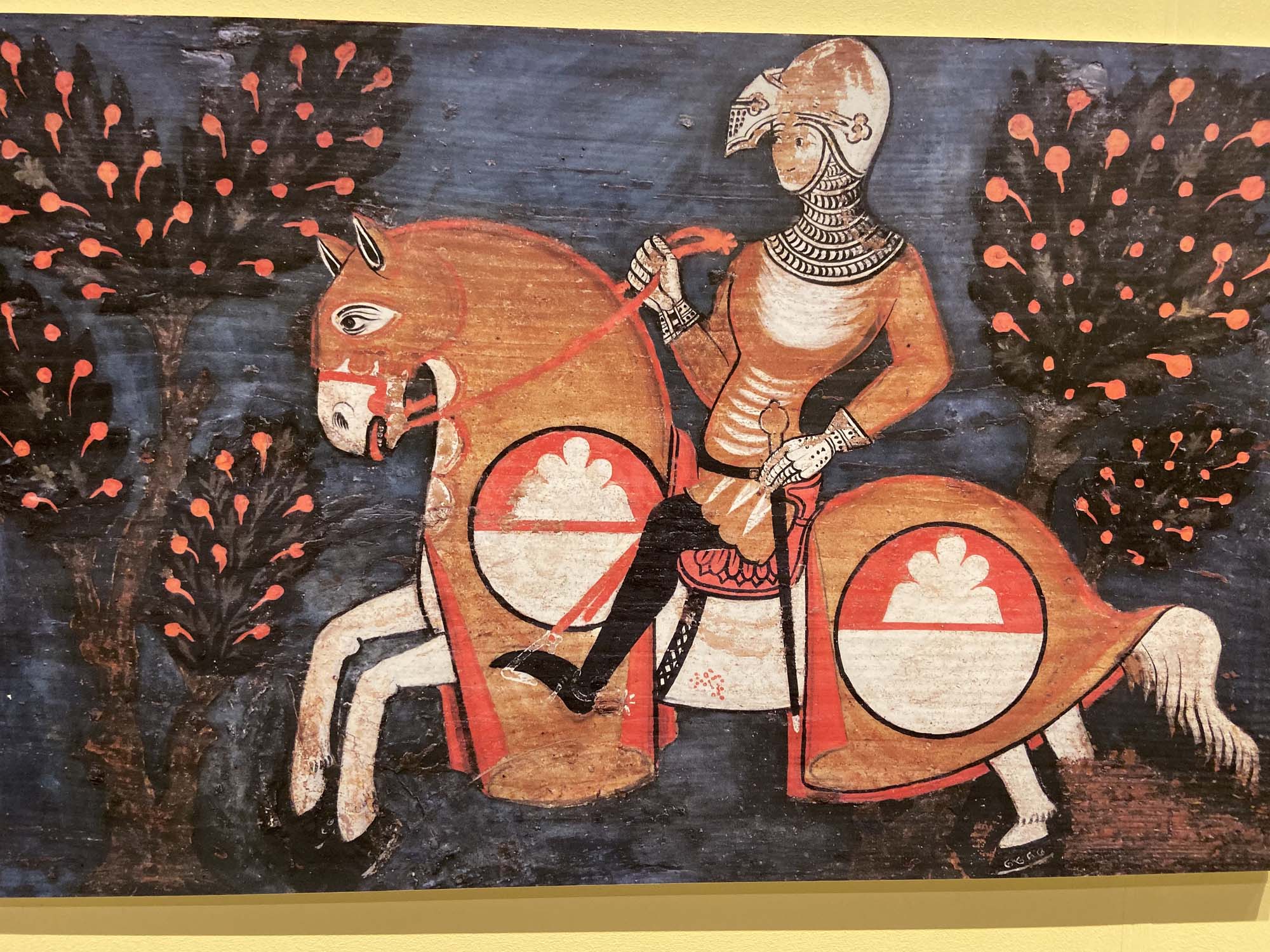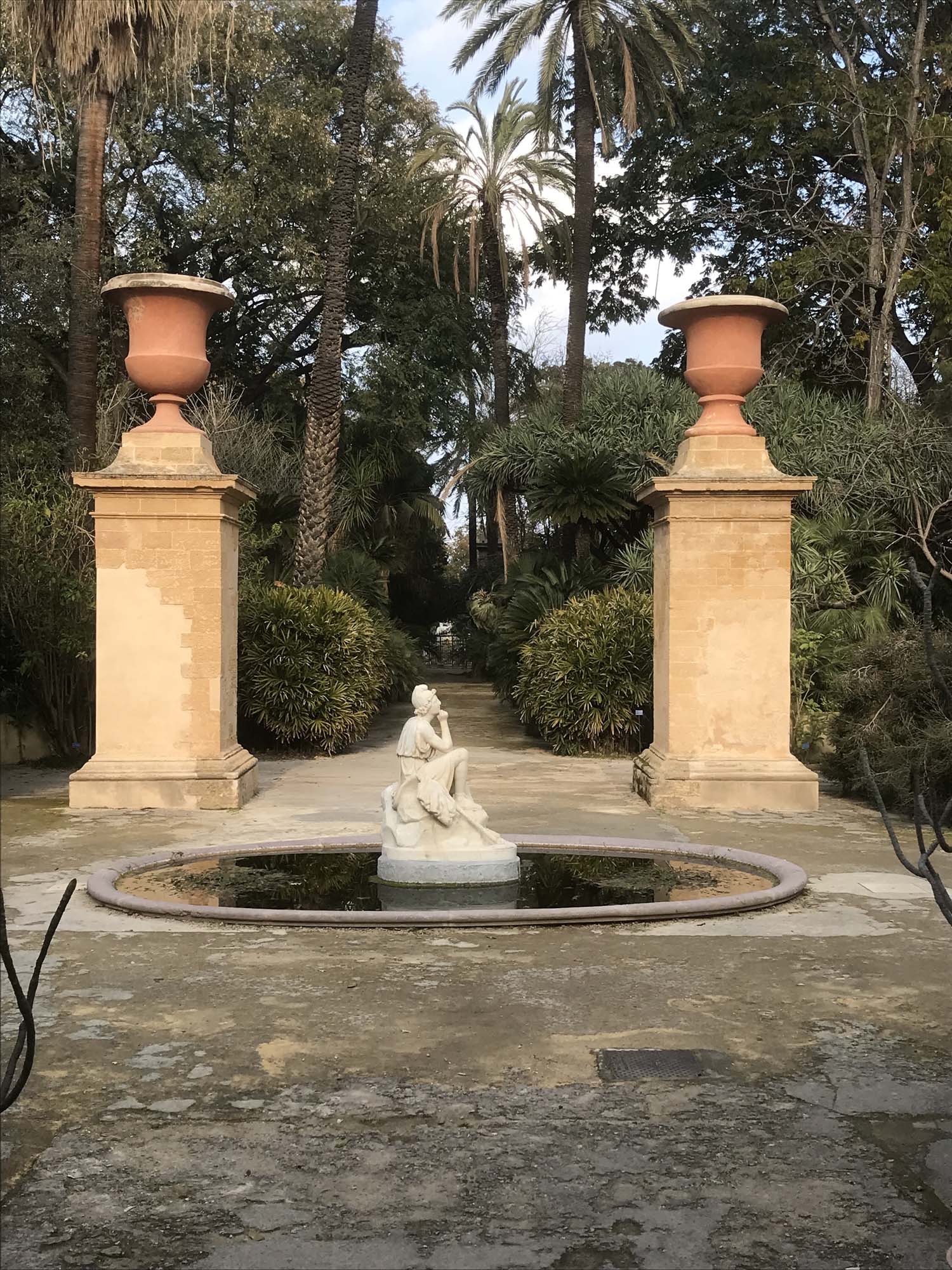European Symposium on Religious Art Restoration & Conservation
Palermo - historic city center
Palermo, the regional capital of Sicily, is one of those cities with a very distinct, almost tangible atmosphere, a place of mystery, where reality often outperforms the traveller’s imagination and preconceived stereotypes. Palermo’s history has been anything but stable, and the city has passed from one dominating power to another with remarkable frequency. Its strategic position at the heart of the Mediterranean brought wave upon wave of invaders, including the Phoenicians, the Carthaginians, the Greeks, the Romans, the Arabs, the Normans, the Swabians, the French, the Aragonese and the Bourbons just to name the most influential. The result of this quilted history is evident today in the vast range of architectural styles, the intriguing fusion of ingredients used in many local dishes, and in the many place names whose etymology bypasses Italian linguistic traditions.
In 2015, Arab-Norman Palermo and its neighboring cathedrals were granted status as a UNESCO World Heritage Site. Spread over a combined 6,235 hectares and including nine monuments – the Royal Palace and Palatine Chapel, the Zisa Palace, Palermo Cathedral, the Churches of San Giovanni degli Eremiti, Santa Maria dell’Ammiraglio and San Cataldo, the Admiral’s Bridge, and the cathedrals of Monreale and Cefal ù – the site provides, in UNESCO’s words, “an outstanding example of a socio-cultural syncretism between Western, Islamic, and Byzantine cultures. This interchange gave rise to an architectural and artistic expression based on novel concepts of space, structure, and decoration that spread widely throughout the Mediterranean region… The innovative re-elaboration of architectural forms, structures, and materials and their artistic, decorative, and iconographic treatments – most conspicuously the rich and extensive tesserae mosaics, pavements in opus sectile, marquetry, sculptural elements, paintings, and fittings – celebrate the fruitful coexistence of people of different origins“.
In 2018, Palermo was both Italian Capital of Culture and host city for Manifesta12, Europe’s most prestigious itinerant festival of contemporary art.
http://www.visitsicily.info/10cosea/palermo/
https://eapcresearchcongress2020.eu/about-palermo/
University of Palermo: SiMuA (Sistema Museale di Ateneo, www.musei unipa.it/eng/), the network of Museums and Collections of the University of Palermo
The University of Palermo preserves a rich highly valuable heritage, very important from archaeological, historical, artistic and scientific interest. Its historical buildings of great value, chapels, paintings, museums and the botanical garden are regularly open to the public or can be visited on request. The University of Palermo has instituted the Service Centre "Sistema Museale di Ateneo" (SiMuA) to improve the valorization of its cultural heritage.
Its Museums and Collections tell together the history of this University, but also the history of the whole Sicily. The SiMuA, established in 2017 and housed inside the Botanical Garden, aims to valorize, preserve and improve this great heritage, but above all to promote its most interesting and notable aspects, contributing to spread knowledge about them.
See related pictures
Accomodation
In the area between the Steri and the Royal Palace a large number of Hotel and B & B is available, with different stars and price.
We suggest to check Hotel and B & B in the “Corso Vittorio Emanuele” area.
How to reach Steri -UNIPA Rectorate from Central Train Station

The Palermo Central Train Station (Piazza Giulio Cesare) is the terminal of:
- Bus service from Falcone Borsellino Airport (about 40 km)
- Final Station of Metrò from Falcone Borsellino Airport
For further details please contact the conference secretariat: franco.palla@unipa.it
Palermo's Cathedral
Remains a prime example of Sicily's unique Arab-Norman architectural style, full of geometric patterns, ziggurat crenellations, maiolica cupolas and blind arches. In the interior the Royal Norman tombs, the treasury (home to Constance of Aragon's gem-encrusted 13th-century crown) and the panoramic views from the roof.
|
Steri - UNIPA Rectorate, Chiaramonte

Martorana Church
The church of Santa Maria dell’Ammiraglio is also known as La Martorana, in memory of Goffredo and Eloisa de Marturano, the founders of the nearby Benedictine convent. The church was built in 1143-1185 by the Greek admiral George of Antioch, who wanted to thank the Virgin Mary for her help and protection. The most beautiful treasure is the majestic mosaic decorations, made by Byzantine artists around 1151. The composition starts from the Christ situated on the dome and continues with circles of angels and saints which fill all the church.
|
Botanic garden
Over its 200 years of history, this garden has played an important role in the study and distribution of endless different species of tropical and subtropical flora in Sicily, Europe and throughout the Mediterranean region. Although most of the plant collections of the Botanical Garden could be easily cultivated on the fertile ground of the so-called Conca d'Oro, it is still remarkable that these plants manage to reach their full size achieved in their native lands.
The Botanical Garden currently hosts about 12,000 species of living plants. These are divided according to various systematic criteria (such as, the sexual system of Linneus or the Engler System) or according to bio-ecological and geographical criteria (such as the aquarium). The most significant plant collections include succulents, palms and cycads, together with different specimens of relevant regional flora.

Cathedral of Monreale is a The church is one of the greatest existent examples of Norman architecture , it was begun in 1174 by William II of Sicily and in 1182 was dedicated to the Nativity of Vergin Mary, elevated to the rank of a metropolitan cathedral . Since 2015 it is part of the Arab-Norman Palermo and the Cathedral Churches of Cefalù and Monreale UNESCO Heritage site. |
S. Caterina d’Alessandria Church and Monastry In the north end of the Piazza Pretoria is the huge wing of the Santa Caterina, the church of the 13th century Dominican monastery, that occupies the entire square. The Santa Caterina church is an impressive example of Sicilian Baroque. |
 |
|
|
Pretoria Fountain The Fountain is one of the most magnificent fountains in Italy, closed to the City hall in the heart of Palermo, lays in the middle of two churches, Santa Caterina d’Alessandria and San Giuseppe dei Teatini Church. Also known as the Fountain of Shame because of all the nude statues, this fountain has a very interesting story. Initially, the Pretoria fountain was designed and built for the gardens of the Villa in Florence of the Spanish Don Luigi Toledo in the mid 1500s. Built from Francesco Camilliani and Michelangelo Naccherino, the fountain made up of 48 statues that represent mythologic figures and ‘puttis’ (chubby male children, usually nude and sometimes winged) made it to Palermo in 1575.
|
Mondello beach It is beautiful place only 12 km north of Palermo. Crystalline water is set against white sand and distant rocky peaks.
|
